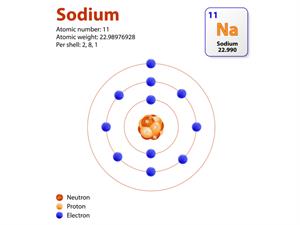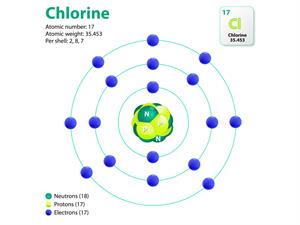
PUMPA - SMART LEARNING
எங்கள் ஆசிரியர்களுடன் 1-ஆன்-1 ஆலோசனை நேரத்தைப் பெறுங்கள். டாப்பர் ஆவதற்கு நாங்கள் பயிற்சி அளிப்போம்
Book Free DemoConsider a group of people who have different pattern of hands. Some people have no hands, while others have one, two, or three. There aren't many people who have four, and no one has more than four. A person with four hands can simultaneously hold the hands of four others, whereas a person with no hands can never hold any hand. In this way, some atoms can hold one electron, while others can hold two, three, four, or none at all. The term for this property is valency.
Valency:
Valency is defined as the combining capacity of an element.
The electrons present in the outermost shell of an atom are called as valence electrons. An atom's valence electron takes part in a chemical reaction because they have more energy than all the inner electrons. The combining capacity of an atom of an element to form a chemical bond is called its valency.

Atomic structure of sodium
The outermost electron in the sodium atom is one. So the valency of the sodium atom is one.
The Loss or gain of electrons decides the charge of an atom. A Positive charge will be attained when an atom loses an electron, and when it gains electrons, the atoms become negative. So, the valence has no sign, whereas charge has both positive and negative signs.

Atomic structure of oxygen
Oxygen, for instance, has six valence electrons, so its valence is 2.
For example, oxygen can combine with two hydrogen atoms and create a water molecule, so the valency of oxygen atom is two. Whereas chlorine combines with only one hydrogen to create Hcl, here, the valency of chlorine is one.

Atomic structure of chlorine
Valency is defined as the combining capacity of an element. Atoms of different elements combined to form molecules. Valency determines the number of atoms that take place in molecule formation.